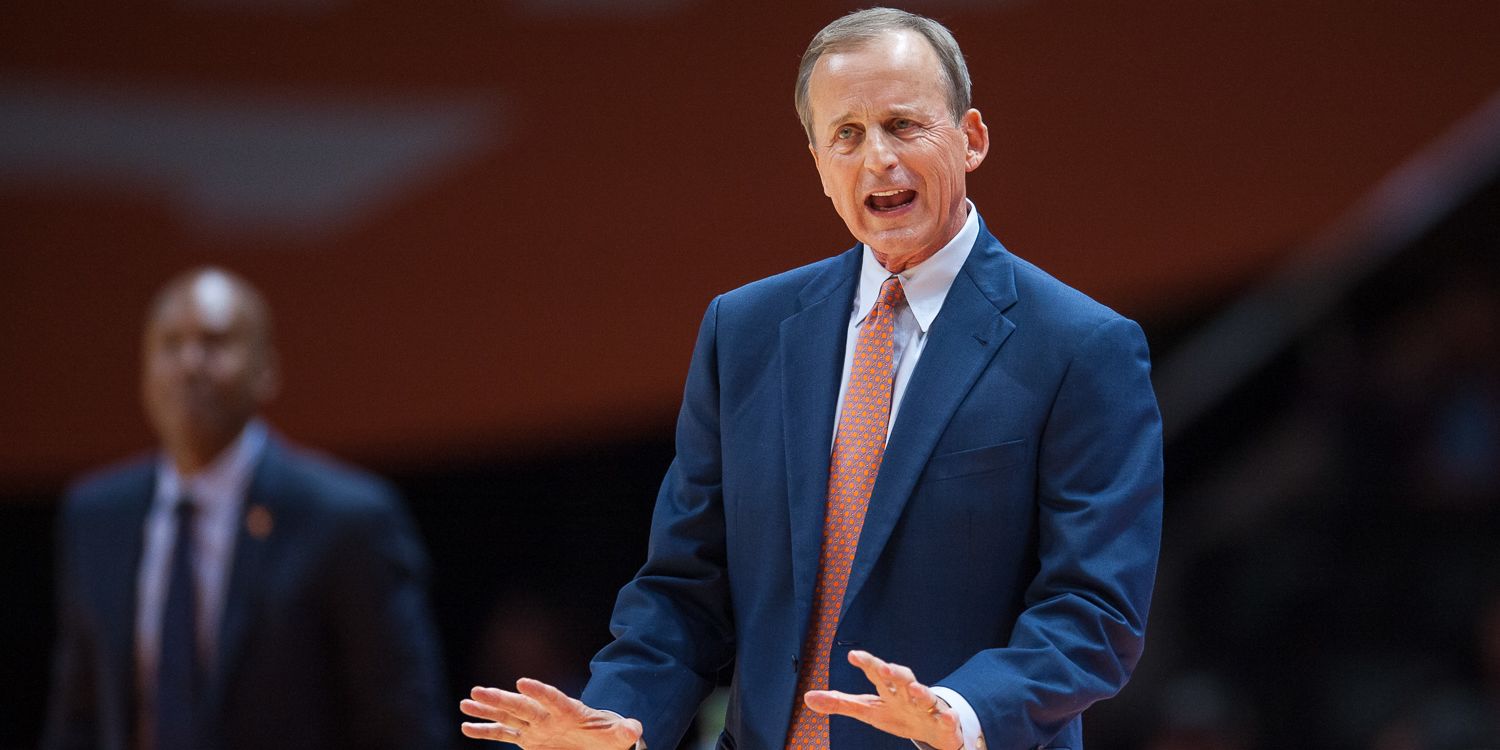What are we most concerned about?
Lamonte Turner’s shoulder is an issue that may not go away. I hate that for him most of all; via KenPom, Turner shot 45.2% in conference play from the arc in 2018, second-best in the SEC. Then he shot 61% from inside the arc in league play last year, seventh-best. In both cases he got better as the year went along, so maybe there’s some hope there. But this year he’s shooting 23.4% from the arc (11-of-47) and 32.9% inside it. He’s still 11th nationally in assist rate, but when he’s removed as a scoring option those assists get much harder to come by as defenses adjust elsewhere.
Three point shooting again wasn’t great – 3-of-15 – but at least this time the Vols didn’t settle for 26+. After starting the season hot as a team, now only Jordan Bowden (36.7% and working hard for a clean look) and Yves Pons (32.3%) are above 30% from the arc; the Vols are at 29.7% as a team, 280th nationally. Tennessee has played a handful of really good defenses, but Cincinnati was not among them.
Tennessee’s own defense, great all year, failed them last night. The Bearcats shot 56.4% from the floor with an effective field goal percentage of 60.9%. Only Purdue, with their flame-throwing 15 threes, hit better than 60% eFG% against the Vols last season, when defense didn’t have to be such a priority. This team now has little choice to prioritize anything else.
One thing that might encompass all of this: everyone playing a new role. Lamonte, shoulder at whatever percentage, is carrying an incredible load at point guard. Bowden, the beneficiary of being the third-through-fifth option last season depending on who else was on the floor, is now asked to be the primary. When Tennessee’s offense has worked well – Washington and VCU – the formula has included some combination of Bowden hitting shots, Turner getting to the free throw line, and consistent inside scoring from Pons (Washington) or Fulkerson (VCU). We were hopeful this model could win games while Josiah James came along and the freshmen off the bench sorted themselves out.
But when that formula gets disrupted, defense is the only option. It genuinely gave Tennessee a chance to beat Memphis anyway. When defense goes away, there’s little the Vols can do until a new formula arrives or a freshman emerges. Last night Cincinnati’s two best players had four fouls early in the second half. It made little difference.
The preseason thought was a split of the six big non-conference games before Kansas would earn a “that’s about right” head nod. When the Vols handled Washington, lost to Florida State for obvious turnover-related reasons, then beat VCU while Cincinnati and Wisconsin struggled, we could get appropriately greedy. That early split is still available if the Vols beat Wisconsin, but as always, we’re adjusting on the fly.
The Vols dropped to 29th in KenPom (55th offense, 19th defense), which projects them to finish 20-11 in the regular season. The Vols host Jacksonville State on Saturday, then Wisconsin the following Saturday, then SEC play begins with a visit from LSU (shout out to Steve Forbes) on Saturday, January 4. The Vols go to Kansas in late January for the SEC/Big 12 Challenge.
One point we’ll make when we get to league play: for the second year in a row, Tennessee’s SEC schedule is ridiculously back-loaded. The best non-Vol teams in the league – Kentucky, Auburn, Florida, and Arkansas – don’t appear on the schedule at all until February 8 (Cats in Knoxville), and Tennessee’s last five games are exclusively against that tier (at Auburn, at Arkansas, vs Florida, at Kentucky, vs Auburn). So whatever we think we’re learning about this team in league play will come with a, “Well, we’ll see…”. Tennessee can change a lot of its bracket fate, good or bad, in those last three weeks. Until then, and as usual, everything is about getting better:

